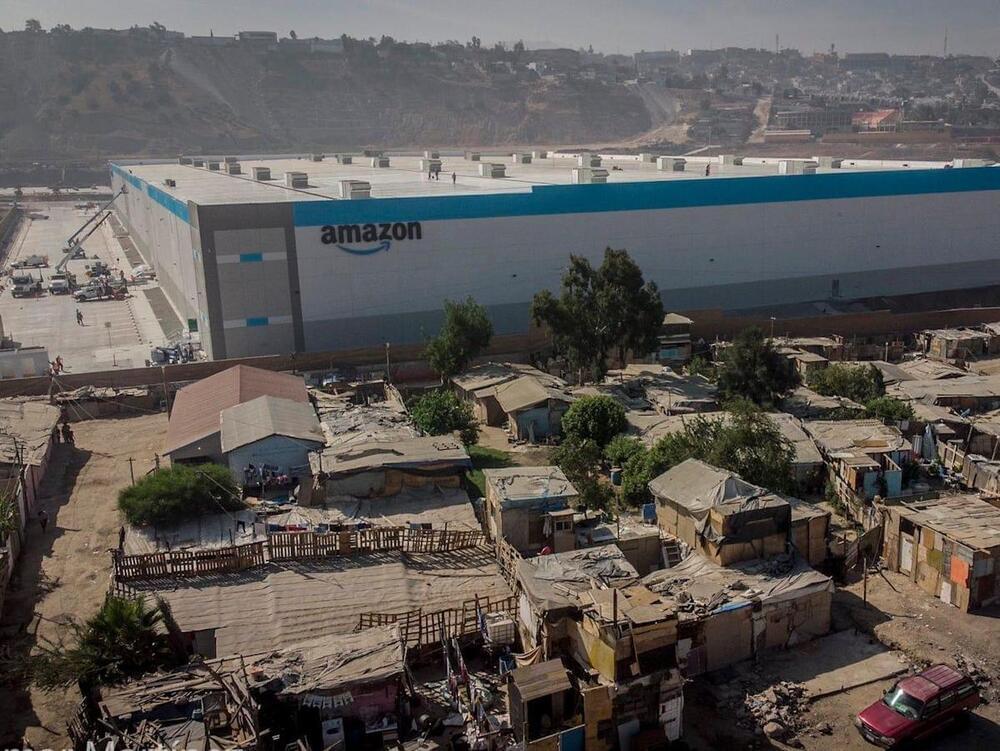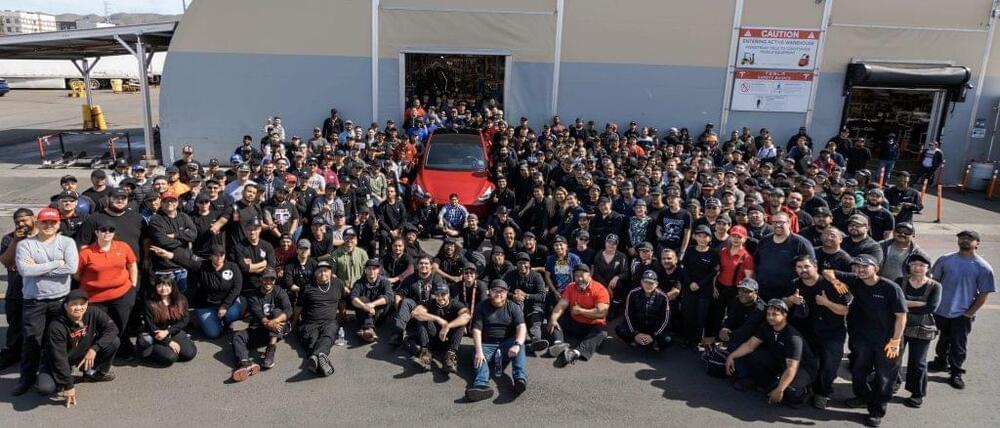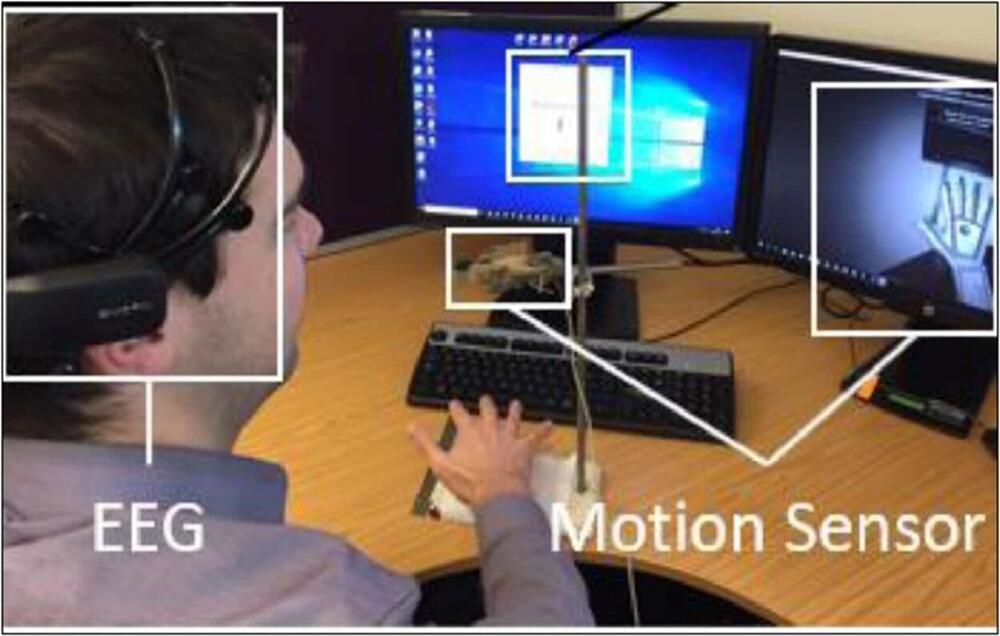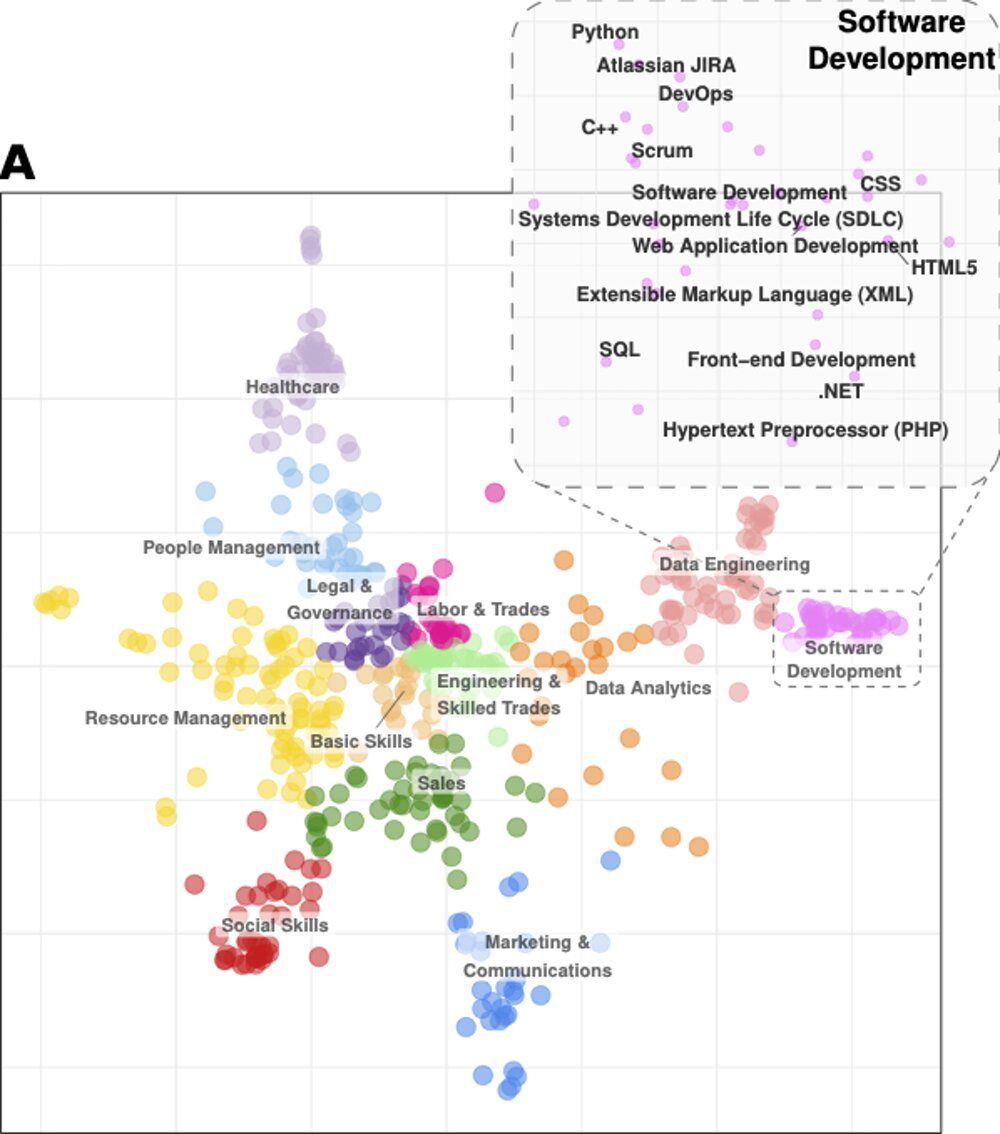Amazon said its new Tijuana warehouse would create 250 jobs. It’s part of a $100 million investment in Mexico to improve delivery speeds.



It’s not just salespeople, traders, compliance professionals and people formatting pitchbooks who risk losing their banking jobs to technology. It turns out that private equity professionals do too. A new study by a professor at one of France’s top finance universities explains how.
Professor Thomas Åstebro at Paris-based HEC says private equity firms are using artificial intelligence (AI) to push the limits of human cognition and to support decision-making. Åstebro says t he sorts of people employed by private equity funds is changing as a result.
Åstebro looked at the use of AI systems across various private equity and venture capital firms. He found that funds that have embraced AI are using decision support systems (DSS) across the investment decision-making process, including to source potential targets for investments before rivals.

Sept 6 (Reuters) — The city of Taylor, Texas — one of two locations in the state under consideration by Samsung Electronics (005930.KS) for a $17 billion chip plant — plans to offer extensive property tax breaks if it is chosen by the South Korean tech giant.
Taylor is competing with Austin, Texas to land the plant which is expected to create about 1,800 new jobs. Samsung has also said it is looking at other potential sites in Arizona and New York.
Other potential sites have yet to disclose planned tax breaks.

“When the final tests are completed in the future, South Korea will become the eighth country in the world that has developed an advanced supersonic fighter,” a government statement said.
South Korea unveiled its homegrown supersonic jet fighter on Friday, joining an exclusive club of military aviation giants and setting the stage for a $5.2 billion program it hopes will be a top export driver and jobs creator.
Once operational, the KF-21 jet is expected to be armed with a range of air-to-air and air-to-surface missiles — and possibly even air-launched cruise missiles.
The twin-engine fighters will come in single-and two-seat versions, depending on the missions to which they are tasked.

Elon Musk recently shared a rather interesting update on Twitter — his companies now employ about 110,000 people worldwide. This is quite impressive considering that in the grand scheme of things, Tesla, SpaceX, and Musk’s other ventures are still just getting started.
Musk’s update came as a response to a TSLA bull on Twitter who inquired if his companies had already reached the 100,000-employee milestone. Musk’s response revealed that his companies had not only met their 100,000 employee mark — they had already passed it.
Elon Musk did not share further details about his companies’ worldwide employee headcount, though there is a good chance that the lion’s share of his workers today are in the United States and China. These are the two countries where Tesla, one of Musk’s largest companies, has operational vehicle production plants, after all.

Machines and robots undoubtedly make life easier. They carry out jobs with precision and speed, and, unlike humans, they do not require breaks as they are never tired.
As a result, companies are looking to use them more and more in their manufacturing processes to improve productivity and remove dirty, dangerous, and dull tasks.
However, there are still so many tasks in the working environment that require human dexterity, adaptability, and flexibility.

“I think it’s changed everything, and I think it’s changed everything fundamentally,” James Livingston, a history professor at Rutgers University and the author of No More Work: Why Full Employment Is a Bad Idea, told Vox.
We’ll (probably) always have work, but could the job as the centerpiece of American life be on the way out?
To understand the question, you have to know how the country got to where it is today. The story starts, to some degree, with a failure. Much of American labor law — as well as the social safety net, such as it is — stems from union organizing and progressive action at the federal level in the 1930s, culminating in the New Deal. At that time, many unions were pushing for a national system of pensions not dependent on jobs, as well as national health care, Nelson Lichtenstein, a history professor at the University of California Santa Barbara, told Vox. They did win Social Security, but with many people left out, such as agricultural and domestic workers, it wasn’t a full nationwide retirement system. And when it came to universal health care, they lost entirely.
From voice-controlled personal assistants to smart robots on factory floors, Artificial Intelligence is having a profound effect on our lives. No surprise then that countries all over the world are trying to stay ahead of the curve. But when it comes to investment, who’s putting their money where their mouth is?
Looking at private funding, the United States leads the way — with well over 23 billion dollars going into the sector last year.
Coming in second is China, with almost 10 billion dollars. That said, Chinese state investment is particularly significant.
And the European Union falls far behind, with investment of just over 2 billion dollars.
So why is the EU lagging? And does Germany — its largest economy — have any plans to play catch-up? An example of AI in action can be found at a Rolls Royce control room just outside Berlin.
Robots destroy jobs and artificial intelligence will soon make us all superfluous. We’ve all seen headlines like that. But the reality of the situation looks a little different. Artificial intelligence is nothing more than a system that processes large amounts of data and makes predictions about the future based on that data. Engine manufacturer Rolls Royce has been a fan of AI for a long time.
Even in emergencies, it keeps its cool. In the control room at Rolls Royce just south of Berlin, safety engineers monitor more than 9,000 airplane engines worldwide. Long before the owners of the commercial jets would even notice a defect, the systems here sound the alarm. Artificial intelligence at work.
The systems are fed massive amounts of data. Then the owners of the aircraft are informed. The plane can then be taken in for maintenance long before the problem becomes expensive or life-threatening.
In the adjacent building, engines are assembled. Many parts are custom-made, previously developed by the design engineers, who also use artificial intelligence. For example, how would it affect the engine if certain components are changed? AI helps to find the best method.
The Center for Artificial Intelligence opened at the Dahlewitz site near Berlin in 2019. People here aren’t afraid that artificial intelligence will take their jobs.
In fact, the mechanics will probably have to install even more sensors and cables in the future. After all, in about five years’ time, the plan is for the aircraft to fly here with hybrid drive systems — based on sustainable fuel and electricity.
Subscribe: https://www.youtube.com/user/deutschewelleenglish?sub_confirmation=1
For more news go to: http://www.dw.com/en/
Follow DW on social media:
►Facebook: https://www.facebook.com/deutschewellenews/
►Twitter: https://twitter.com/dwnews.
►Instagram: https://www.instagram.com/dwnews.
Für Videos in deutscher Sprache besuchen Sie: https://www.youtube.com/dwdeutsch.
#ArtificialIntelligence #AI #RollsRoyce


The typical Australian will change careers five to seven times during their professional lifetime, by some estimates. And this is likely to increase as new technologies automate labor, production is moved abroad, and economic crises unfold.
Jobs disappearing is not a new phenomenon—have you seen an elevator operator recently? – but the pace of change is picking up, threatening to leave large numbers of workers unemployed and unemployable.
New technologies also create new jobs, but the skills they require do not always match the old jobs. Successfully moving between jobs requires making the most of your current skills and acquiring new ones, but these transitions can falter if the gap between old and new skills is too large.